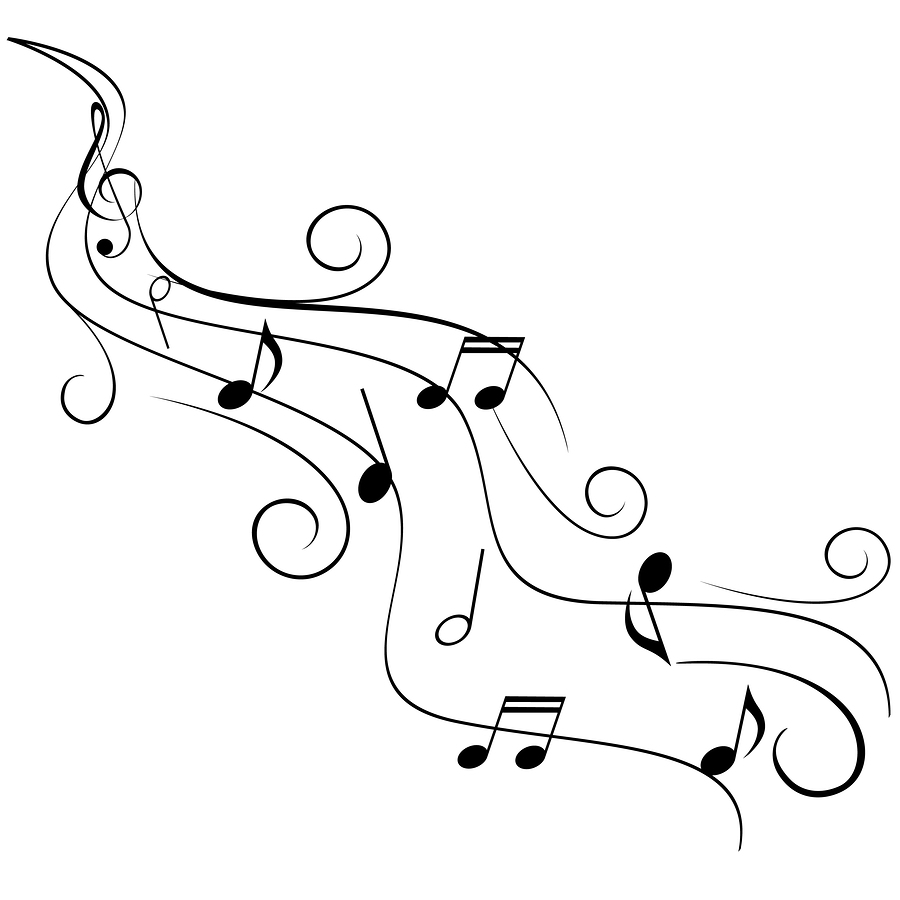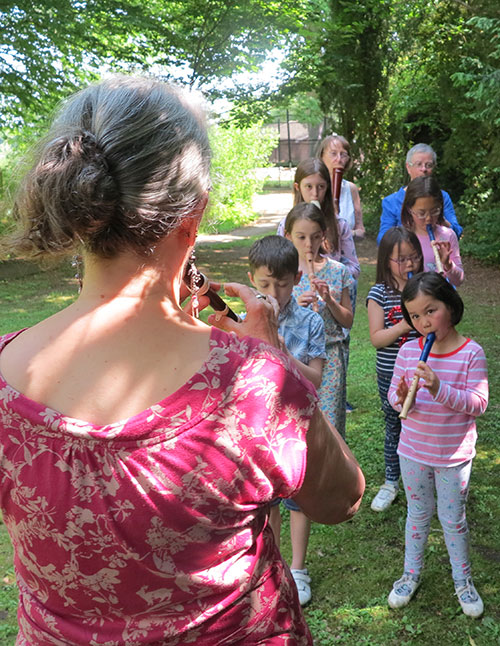About the Suzuki Method
The Suzuki Method has several names. One name is the ‘Mother Tongue Method’ since Suzuki learning resembles the process a baby goes through in learning to speak.
A baby listens to talking for several months before attempting to speak. Even though the first attempts may not really sound like words, the parents are thrilled that their baby is trying to talk. They encourage the baby by praising all efforts to speak, and by repeating the sounds the baby makes. The process of learning to talk is not a quick one. However, it picks up speed as the baby builds on the sounds that they have already learned.
This process of learning to talk is the model for Suzuki, or the ‘Mother Tongue Method’. Students listen daily to recordings of music they are to play. At first, they learn simple steps related to playing the recorder, and repeat the steps until they feel comfortable with them. Praise and encouragement from teacher and parents, plus music games and activities, make the learning process fun and rewarding for the student.

Another name for Suzuki is ‘Talent Education’. This refers to the belief that all children are born with a wonderful potential that can bloom into a fine talent, if properly nurtured. Suzuki teachers believe that the inner ‘talent’ of each student must be ‘educated’ in order to thrive. This means that beautiful playing results from careful study and consistent, hard work, not from inborn ‘talent’.
For about 30 years, young children have been successfully taught to play the recorder using Dr. Shinichi Suzuki’s method, first developed to teach the violin. In 1975, Katherine White, recorder and oboe player, went to Japan to the Talent Education Institute in Matsumoto, to learn with Dr. Suzuki and Mr. Toshio Takahashi. She has since trained many teachers who have established successful Suzuki Recorder Programmes all over the world. Much of her experience teaching young children has been gained in school settings.

Key Elements of the Suzuki Method
-
- Daily Listening: A recording of the famous recorder player, Marion Verbrüggen, playing the repertoire, is played daily at home or in school
-
- Step-by-Step: Every technique used in playing the recorder is slowly introduced and practised with many repetitions
-
- Good Tone: From the beginning the student learns to produce a beautiful tone on his or her instrument, and to play with musical expression
-
- Parental Involvement: The parent becomes the home teacher and plays an essential role in the motivation and guidance of the student
-
- Observation: Both in individual and group lessons, the student learns by observing more advanced students
-
- Frequent ‘performances’: At home, with friends, with the teacher and at annual concerts, students experience themselves as performers and gain confidence
-
- Reading Music: At first, reading is playfully taught, away from the instrument and sight-reading skills are developed with supplementary and seasonal music
A Holistic Approach
Learning to play an instrument can be as natural a process as learning to speak the Mother Tongue, for a young child. If the environment is supportive, each child can develop his or her full potential, to speak its native language or to play an instrument beautifully. All areas of learning will benefit through learning to play the recorder with the Suzuki Method. This holistic approach increases the child’s level of concentration, co-ordination and perseverance, and will build their self-confidence.
